Why Does the Water Continually Move Through the Water Cycle
What Is the Water Cycle?
The Short Answer:
The water cycle is the path that all water follows as it moves around Earth in different states. Liquid water is found in oceans, rivers, lakes—and even underground. Solid ice is found in glaciers, snow, and at the North and South Poles. Water vapor—a gas—is found in Earth's atmosphere.
Water can be found all over Earth in the ocean, on land and in the atmosphere. The water cycle is the path that all water follows as it moves around our planet.
On Earth, you can find water in all three states of matter: solid, liquid and gas. Liquid water is found in Earth's oceans, rivers, lakes, streams—and even in the soil and underground. Solid ice is found in glaciers, snow, and at the North and South Poles. Water vapor—a gas—is found in Earth's atmosphere.
How does water travel from a glacier to the ocean to a cloud? That's where the water cycle comes in.
The Water Cycle

Credit: NASA/JPL-Caltech
The Sun's heat causes glaciers and snow to melt into liquid water. This water goes into oceans, lakes and streams. Water from melting snow and ice also goes into the soil. There, it supplies water for plants and the groundwater that we drink.
Snow falling on a glacier during winter months usually replaces any water that melts away in the summer. However, due to Earth's overall warming, most glaciers today are losing more ice than they regain, causing them to shrink over time.
How does water get into the atmosphere? There are two main ways this happens:
- Heat from the Sun causes water to evaporate from oceans, lakes and streams. Evaporation occurs when liquid water on Earth's surface turns into water vapor in our atmosphere.
- Water from plants and trees also enters the atmosphere. This is called transpiration.
Warm water vapor rises up through Earth's atmosphere. As the water vapor rises higher and higher, the cool air of the atmosphere causes the water vapor to turn back into liquid water, creating clouds. This process is called condensation.
When a cloud becomes full of liquid water, it falls from the sky as rain or snow—also known as precipitation. Rain and snow then fill lakes and streams, and the process starts all over again.
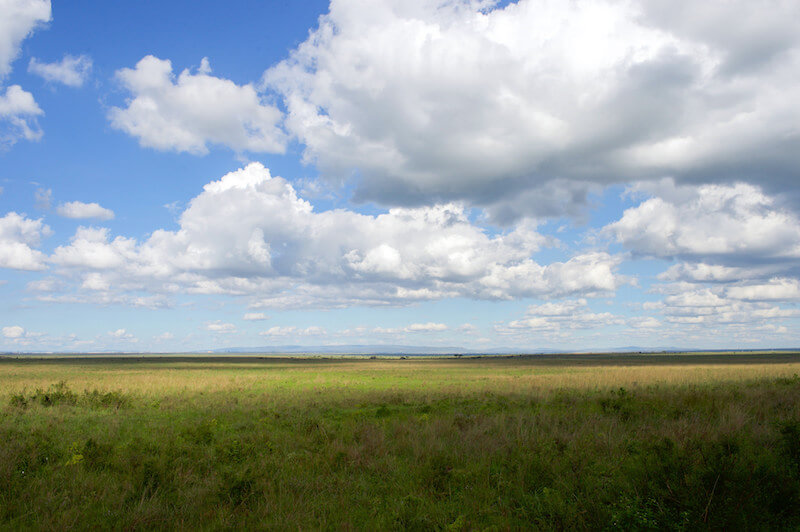
Clouds, like these over the savannah in Nairobi, Kenya, form when water vapor in the atmosphere condenses back into liquid water. Credit: Department of State
Why Do We Care About the Water Cycle?
We care about the water cycle because water is necessary for all living things. NASA satellites orbiting Earth right now are helping us to understand what is happening with water on our planet.

Water in the Soil
Humans need water to drink, and to water the plants that grow our food. NASA has a satellite called SMAP—short for Soil Moisture Active Passive—that measures how much water is in the top 2 inches (5 cm) of Earth's soil. This can help us understand the relationship between water in the soil and severe weather conditions, such as droughts.
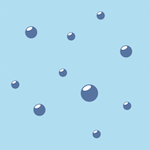
Water in the Atmosphere
NASA's CloudSat mission studies water in our atmosphere in the form of clouds. CloudSat gathers information about clouds and how they play a role in Earth's climate. Also, the international satellite called the Global Precipitation Measurement Mission (GPM) observes when, where and how much it rains and snows on Earth.

Water in the Oceans
As Earth's climate becomes warmer, land ice at the North and South Poles starts melting. The water then flows into the ocean, causing sea level to rise. NASA's Jason-3 mission—short for Joint Altimetry Satellite Oceanography Network-3—orbits Earth collecting information about sea level and ocean temperature. This helps track how the ocean responds to Earth's changing climate.
NASA is also tracking how Earth's water moves all around our planet. This is the work of the GRACE-FO—or Gravity Recovery and Climate Experiment-Follow On—mission. It tracks the movement of water from one month to the next, and can even measure changes in deep groundwater hundreds of feet below Earth's surface.
NASA's Aqua satellite also collects a large amount of information about Earth's water cycle, including water in the oceans, clouds, sea ice, land ice and snow cover.
Related NASA Missions

Aqua

CloudSat
GPM
GRACE-FO
Jason-3

SMAP
Source: https://climatekids.nasa.gov/water-cycle/